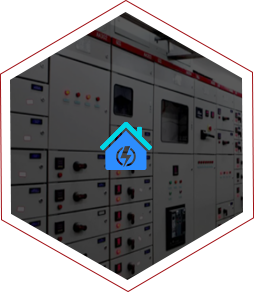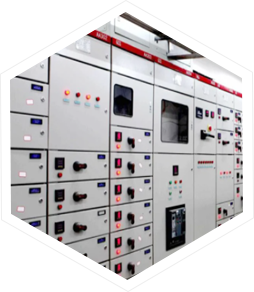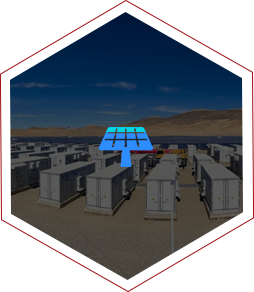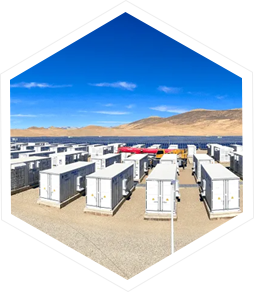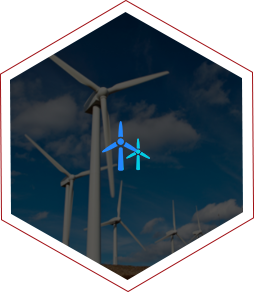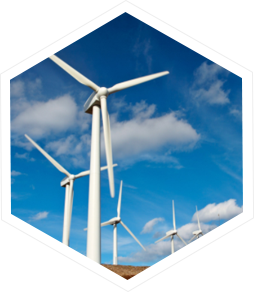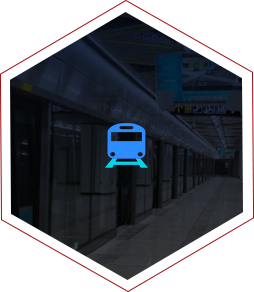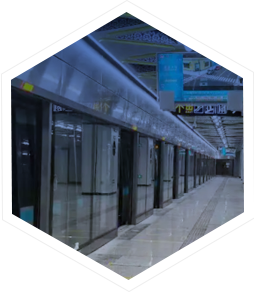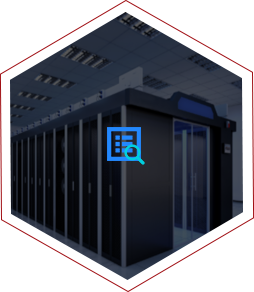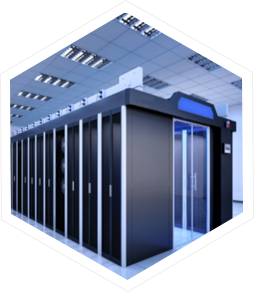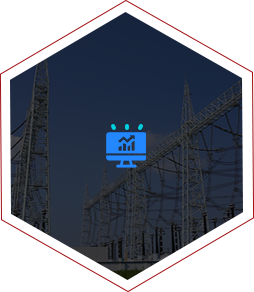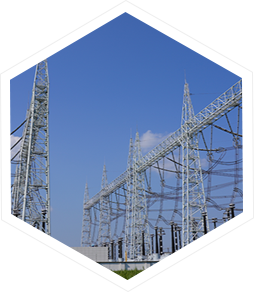one���、Background
With the development of the times, the requirements for digitalization and intelligent operation and maintenance of rail transit systems are increasingly increasing. If a fire accident occurs during the operation of a rail transit train and is not detected and dealt with in a timely manner, the fire will quickly spread, causing significant damage to national property and seriously threatening the safety of drivers and passengers. It also interferes with the normal transportation order of rail transit, causing adverse social impacts. In addition, the rail transit environment has a certain degree of closure, with a large passenger flow and dense population, making it difficult to handle a fire. Therefore, how to enhance the "prevention" capability of rail transit and effectively eliminate safety hazards is an important part of daily safety work, which must be highly valued and persistently pursued. Rail transit mainly has the following safety hazards:
1) Electrical equipment is complex and numerous: there are many electrical equipment on rail transit trains, which operate under vibration, high temperature, high humidity, and high load for a long time. The continuous increase in equipment temperature leads to a decrease in the performance of internal insulation materials, resulting in insulation breakdown and causing fires;
2) The environment inside the mechanical room is complex: during the operation of rail transit trains, there is a lot of oil pollution, high temperature, and harsh working environment in the mechanical room. Even small sparks can easily cause fires in the mechanical room;
3) Mechanical friction: Friction caused by mechanical failure or foreign objects entering certain equipment on rail transit trains can result in accumulated oil stains, dirt, and fabrics becoming smoldering or even burning.
4) Complex environment: The waiting hall of rail transit belongs to a tall space, with complex and irregular structure, and difficult equipment installation and maintenance.
two�、solution
The operating environment of rail transit is complex, with high personnel flow and complex fire hazards. Our company has configured differentiated solutions based on different scenarios to achieve comprehensive monitoring and early warning of thermal hazards, ensuring the safe operation of rail transit trains and the safety of passengers' lives. The specific configuration plan is as follows:
1) For large and spacious areas such as platforms and halls, active safety monitoring and warning devices are installed, designed specifically for large and spacious spaces with a wide sampling range;
2) For rail transit train carriages, an active thermal hazard monitoring and warning device is installed, which is compact in size, flexible in installation, and does not require the layout of sampling pipelines;
3) For unmanned information centers, active security monitoring and early warning devices are configured, utilizing artificial intelligence algorithms to fully utilize the fusion analysis of various monitoring parameters, horizontal/vertical trend comparison, and comprehensive online monitoring of environmental conditions to achieve intelligent fault diagnosis and improve early warning accuracy.
three����、case











